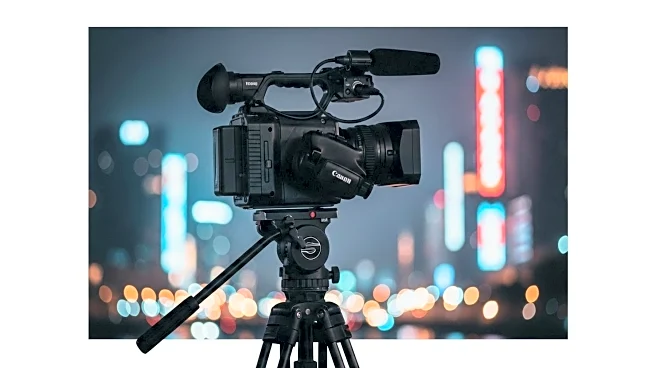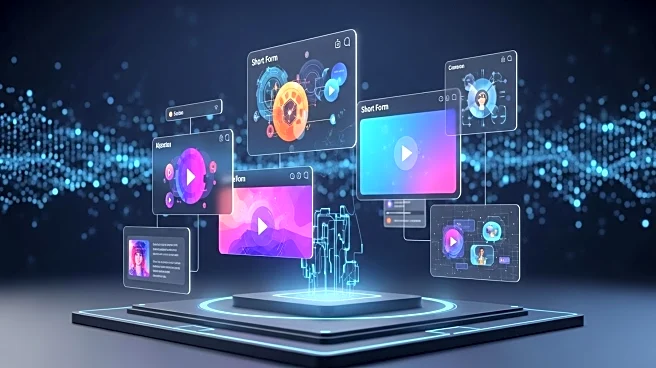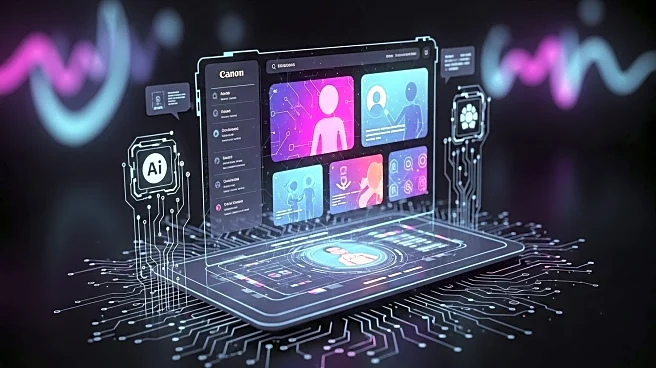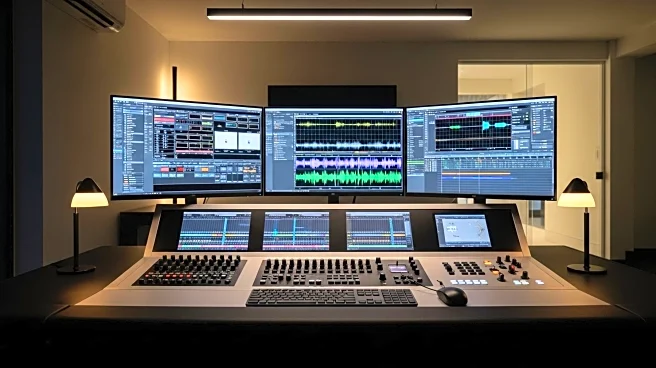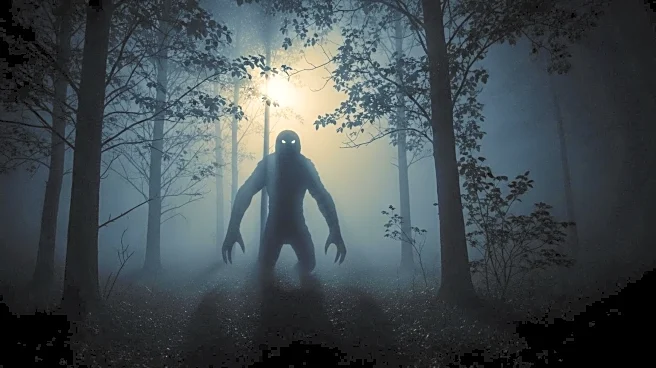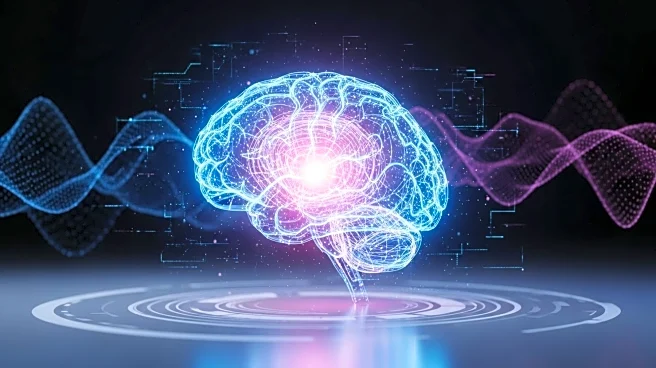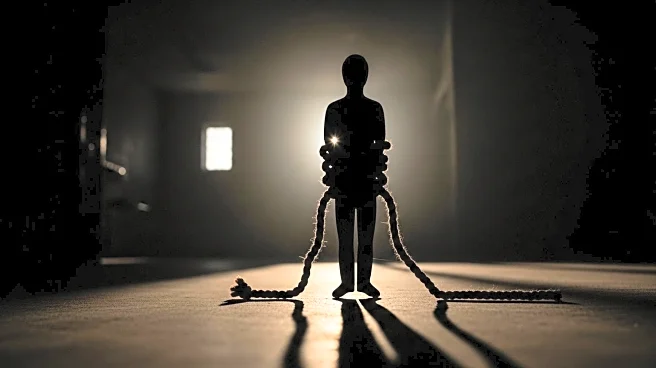What is the story about?
Videography, historically seen as the video counterpart to cinematography, involves recording moving images using digital cameras. Unlike cinematographers who often work with
mechanical film cameras, videographers typically use digital hard-drive, flash cards, or tape drive video cameras. In smaller productions such as corporate and event videography, a videographer may work alone with a single-camera setup. For larger productions, they may be part of a television crew that includes lighting technicians, grips, and sound operators. The transition to digital video cameras has made the digital video workflow more practical, eliminating common issues associated with older technologies like image burn-in and streaking.
For the benefit of users - Parts of this article may include content generated using AI tools. Our teams
are making active and commercially reasonable efforts to moderate all AI generated content. Our moderation processes are improving however our processes are carried out on a best-effort basis and may not be exhaustive in nature. We encourage our users to consume the content judiciously and rely on their own research for accuracy of facts. We maintain that all AI generated content on our platform is for entertainment purposes only. To know more about how we use AI, you can write to us at support_spaces@glance.com
Do you find this article useful?
